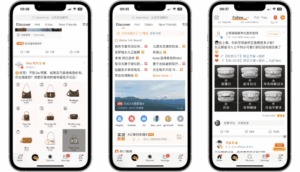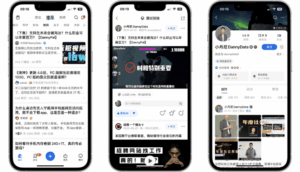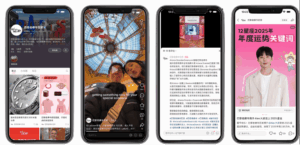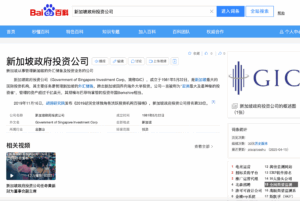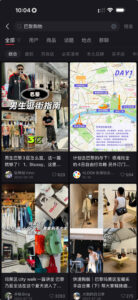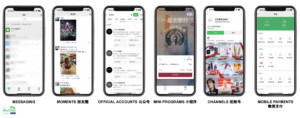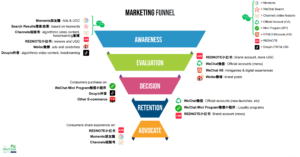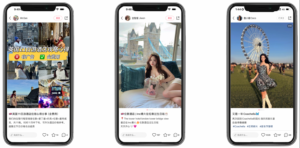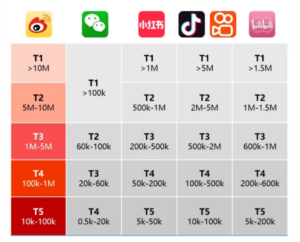The 2025 618 Shopping Festival has revealed not just the strength of China’s e-commerce, but a strategic shift powered by AI, refined platform tactics, and tighter content-commerce integration—especially for the beauty sector.
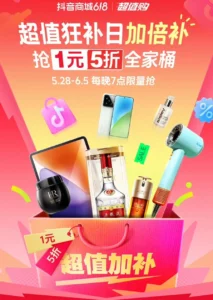
AI Takes Center Stage
AI quietly became the engine of this year’s festival. Platforms like Taobao and Tmall deployed advanced tools such as Quanzhantui, which assisted 1.4 million merchants in campaign performance optimization. Their new “Image-to-Video” feature alone generated over 1.5 million videos in the run-up to 618, allowing beauty brands to scale production with unmatched speed and consistency.
In May, over 100 million pieces of AI-generated content were created by Alibaba platforms, helping brands reduce costs and maintain high engagement velocity.
Rule Changes and Real Impact
This year, Taobao and Tmall simplified their promotional mechanisms by eliminating complicated cross-store discounting. Instead, a universal 15% discount and category-specific vouchers created greater transparency and increased conversion rates.
The simplified pricing approach also helped:
- Increase basket size
- Lower cart abandonment
- Improve campaign forecasting and marketing ROI
Still, users could stack up to 4+ coupons, leading to ongoing complexity and risks of exploitation via returns.
Return of International Beauty Brands
International giants reclaimed dominance during 618:
- L’Oréal, Estée Lauder, Lancôme, and SkinCeuticals surpassed 100M RMB in sales within 30 minutes.
- Local brand Proya was the only domestic contender in the same range.

Why? Cleaner inventories, global price-matching, exclusive discounts, and better member engagement strategies re-energized consumer trust.
Platform Differentiation Defines Strategy
Each platform reinforced its unique edge:
- Tmall/Taobao remain brand-building powerhouses (45.1% market share, +8.5% YoY growth).
- JD.com leaned into sustainable luxury with its “Green Impact Initiative.”
- Douyin capitalized on algorithmic DTC performance.
- Xiaohongshu (RedNote) emerged as the go-to discovery engine for functional skincare.
Content-Commerce Convergence
Cross-platform integrations like Tmall × Xiaohongshu’s “Red Cat Plan” created seamless discovery-to-checkout flows. Brands embedding Tmall links into RED posts saw a 27% lift in click-through-to-conversion.

Livestreaming’s Evolving Role
While year-round livestreaming is now common, 618 remains a high-intensity branding moment. Brands leverage the event for:
- Launching new SKUs
- Testing pricing elasticity
- Generating strategic insights ahead of Double 11
Premium brands are more cautious with discounts, using livestreams strategically rather than constantly.
What This Means for Beauty Brands
618 is no longer just a discount-driven spike—it’s a mid-year strategy checkpoint. Success now depends on a refined mix of:
- AI-powered content production
- Platform-specific strategies
- Transparent promotions
- Commerce embedded in community
Want to future-proof your brand’s 618 strategy or improve your China e-commerce game with AI and integrated platform tactics? Contact us today to craft a data-backed, conversion-focused strategy tailored to your needs.




